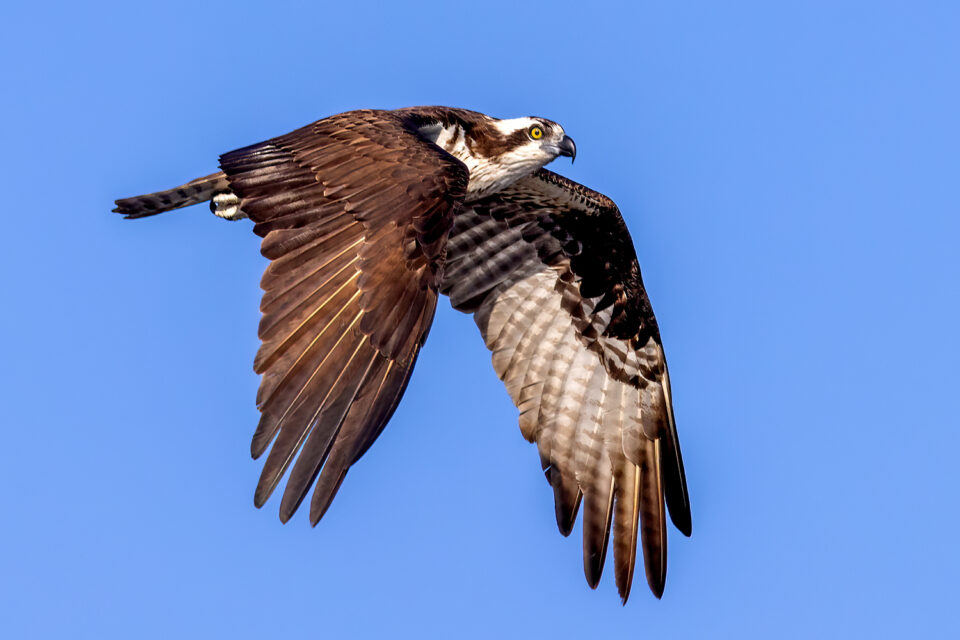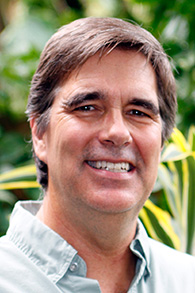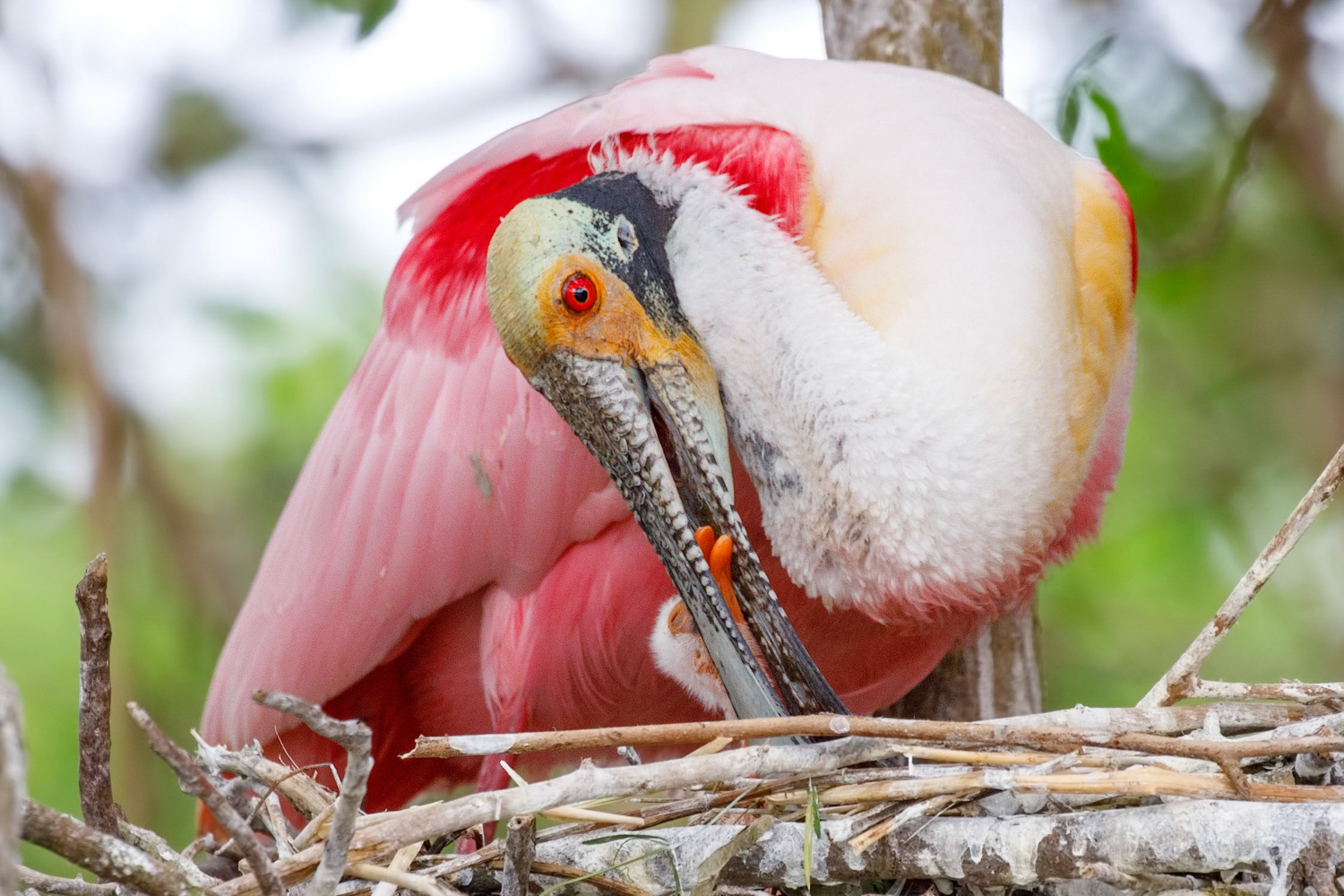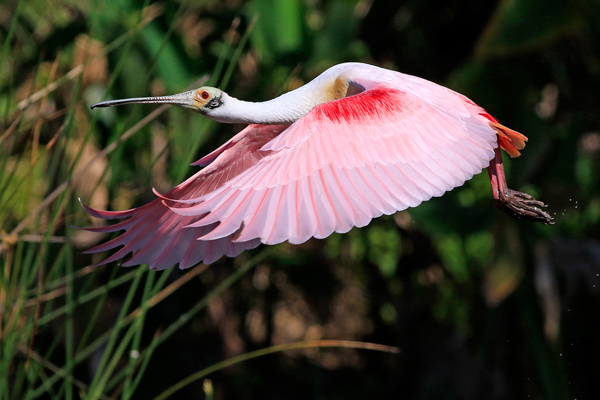It’s common knowledge among nature photographers that Florida is one of the absolute best places for bird photography. From December through June, bird activity throughout the state is incredible. February and March are the peak breeding season for many species and it’s the time of year when they sport their most impressive breeding plumage. Roseate spoonbills develop orange tails and turquoise markings on their faces. Their remarkable pink feathers become even more vibrant as well. Egrets grow long plumes which they proudly display while dancing to attract mates. Their normally yellow eye lores become brilliant green, blue or red depending on the species. Both male and female anhingas develop vibrant turquoise eye rings and great blue herons develop impressive feathers which they proudly display when returning with large sticks to their mates waiting in the nest. While some birds are just beginning the breeding process, others are further along. Some are sitting on eggs waiting for their young to hatch. Other nests have chicks of various sizes eagerly waiting the return of a parent with a fresh catch of fish. The best part of all this activity is that we can witness and photograph all of this and more from very close range without disturbing the birds in the least.

We begin in central Florida, where there is still a surprising amount of wilderness and wetland areas where wildlife flourishes. Our first morning excursion finds us at a wildlife drive where ducks, egrets, herons, ibis, and countless others feed. During this 3-hour drive we stop frequently to capture images of herons, cormorants and egrets catching their first meals of the day. We are here at first light, the best time for “early bird” shooting. Overhead, flocks of ibis and ducks fly in to take advantage of the bounty. Purple gallinules, common gallinules, coots, and grey-headed swamphens wind their way through the cattails searching for aquatic insects, crayfish, small fish, and aquatic vegetation to feed on. Ospreys and the occasional bald eagle circle overhead looking to swoop down on an unsuspecting fish that is hovering just a bit too close to the surface. We don’t pay a lot of attention to the ospreys and eagles here because we have larger plans for these subjects in just a few days.
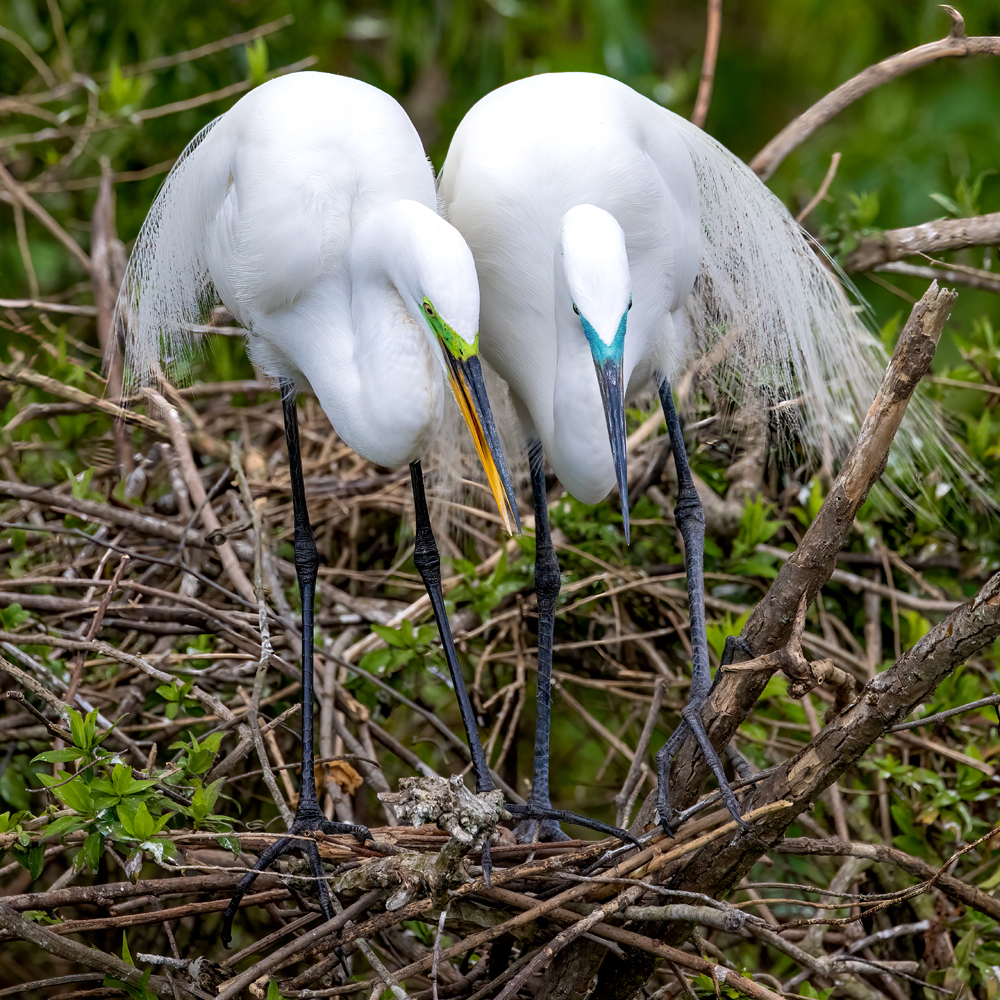
As midday approaches and the sun gets higher and harsher, we take a break for lunch. From there we visit the first bird rookery of the tour where great egrets, snowy egrets, tricolored herons, double-crested cormorants, and other aquatic birds are nesting, sometimes within 2 feet of the boardwalk we are on. The birds nest here intentionally because all their nest sites overhang water that is full of alligators. The gators keep the nest raiders away, allowing the rookery to have great success each year. The nesting birds have grown accustomed to people walking by their nests and literally don’t even look at us as we capture them with our cameras.
Florida is home to many different environments, other than rookeries, that offer us great photo opportunities. The following morning, we spent time along a lakeside where we commonly find great blue herons, purple gallinules, white ibis and sandhill cranes. The lake is surrounded by huge ranches where the wildlife is allowed to come and go freely. Even with the population boom in Florida, a few of these wild places still exist and they are great for bird photography. The shoreline of the lake has at least 3 active bald eagle nests, so it is common to see and photograph them flying out and flying back from their fishing trips, sometime carrying a large fish in their talons to the nest.
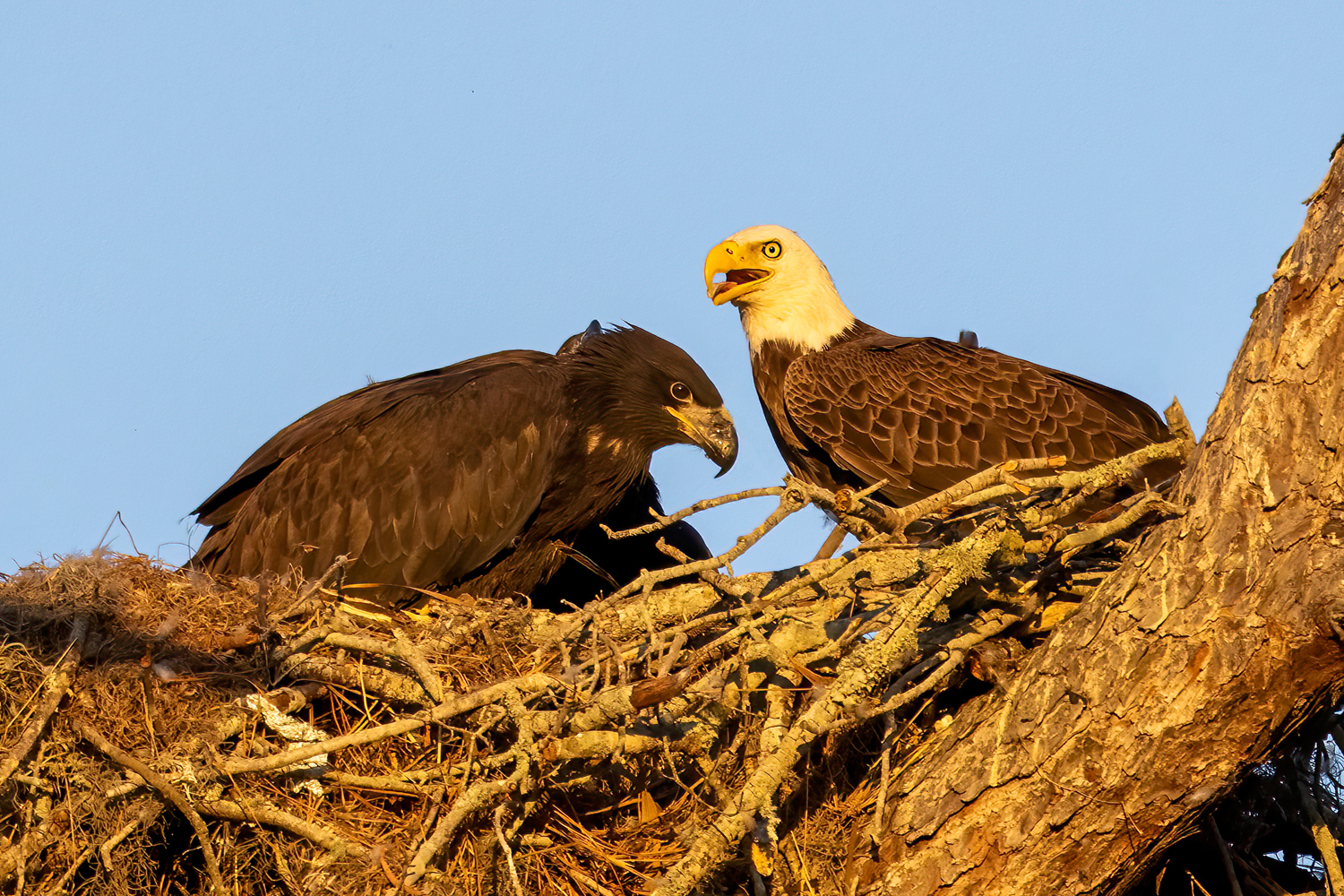
As the soft morning light begins to change to harsher afternoon light, we take our midday break at an excellent restaurant on the shore of another lake. After recharging ourselves, we head to one of several different active eagle nests where we can photograph adult eagles and their eaglets without disturbing them. At this time of year, the eagle chicks are nearly fully grown and almost ready to fledge. They still rely on their parents to feed them, which gives us great opportunities to capture them in flight as they fly in with fish or other food. We shoot here until it is too dark to continue before heading a bit south from where we will stage our next couple of shooting days.
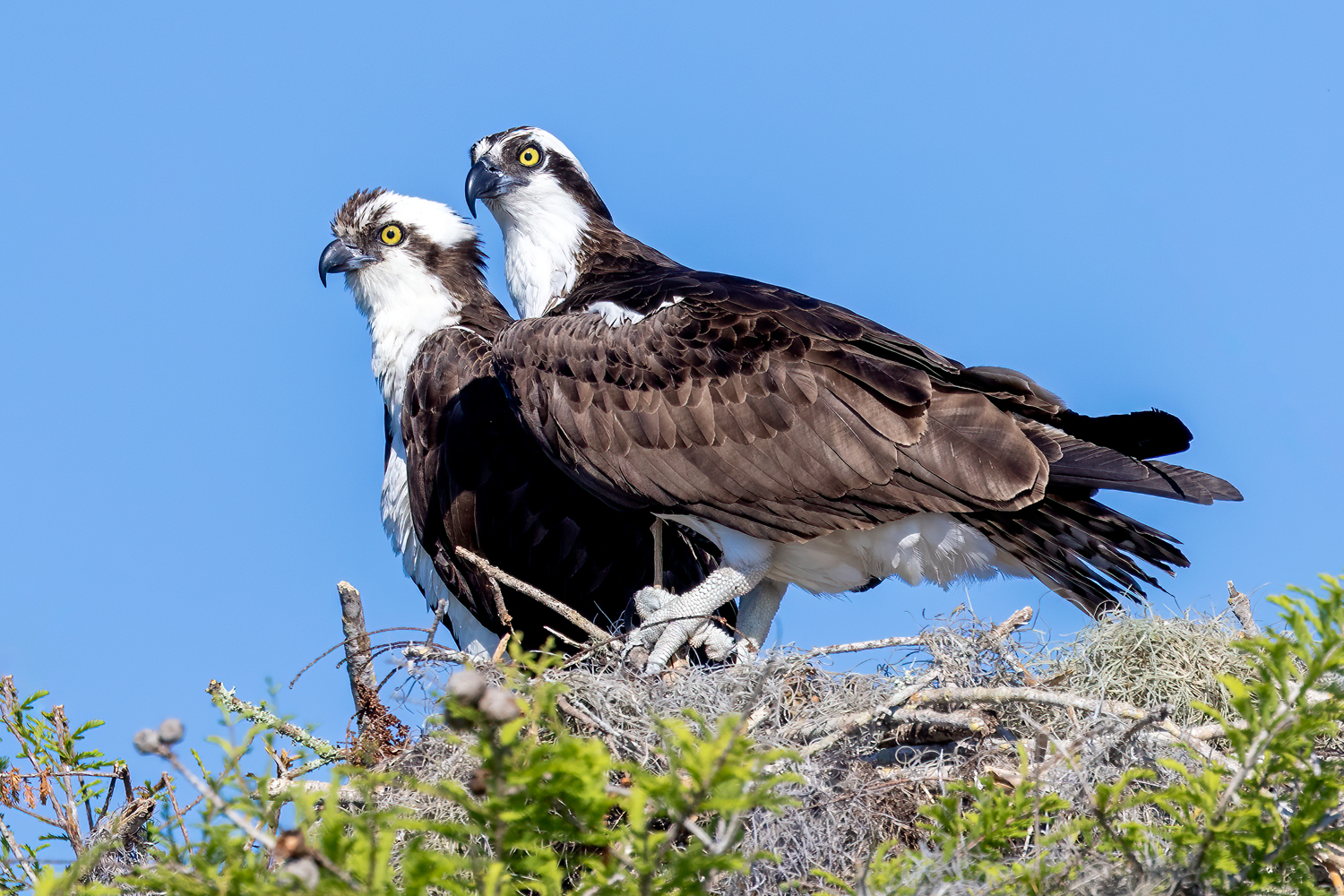
We begin that next morning well before sunrise as we will be out in a boat in a lake that is fully encircled by old growth Spanish moss-covered cypress trees. We’re there early to capture the sunrise as it makes its way through the dense cypress trees. From there, we slowly cruise the perimeter of the lake where the cypress trees are home to over 200 active osprey nests. At this time of year, there is lots of activity. Ospreys are overhead the entire time, sometimes carrying large sticks for their nest and sometimes being chased by their neighbors while carrying a large fish. It is a bit early for there to be eggs in most nests. But when we see an obvious osprey nestled into its nest (likely on eggs) we give it plenty of space. We go out of our way not to disturb any bird that is actively nesting. This year, besides the ospreys, we also photographed a cooperative peregrine falcon and had wonderful photo opportunities with a pair of barred owls. In fact, it was the best opportunity to photograph the owls in flight that I’ve ever had. We spend the afternoon on this lake and start out traveling in the opposite direction, capturing even more osprey activity until sunset.
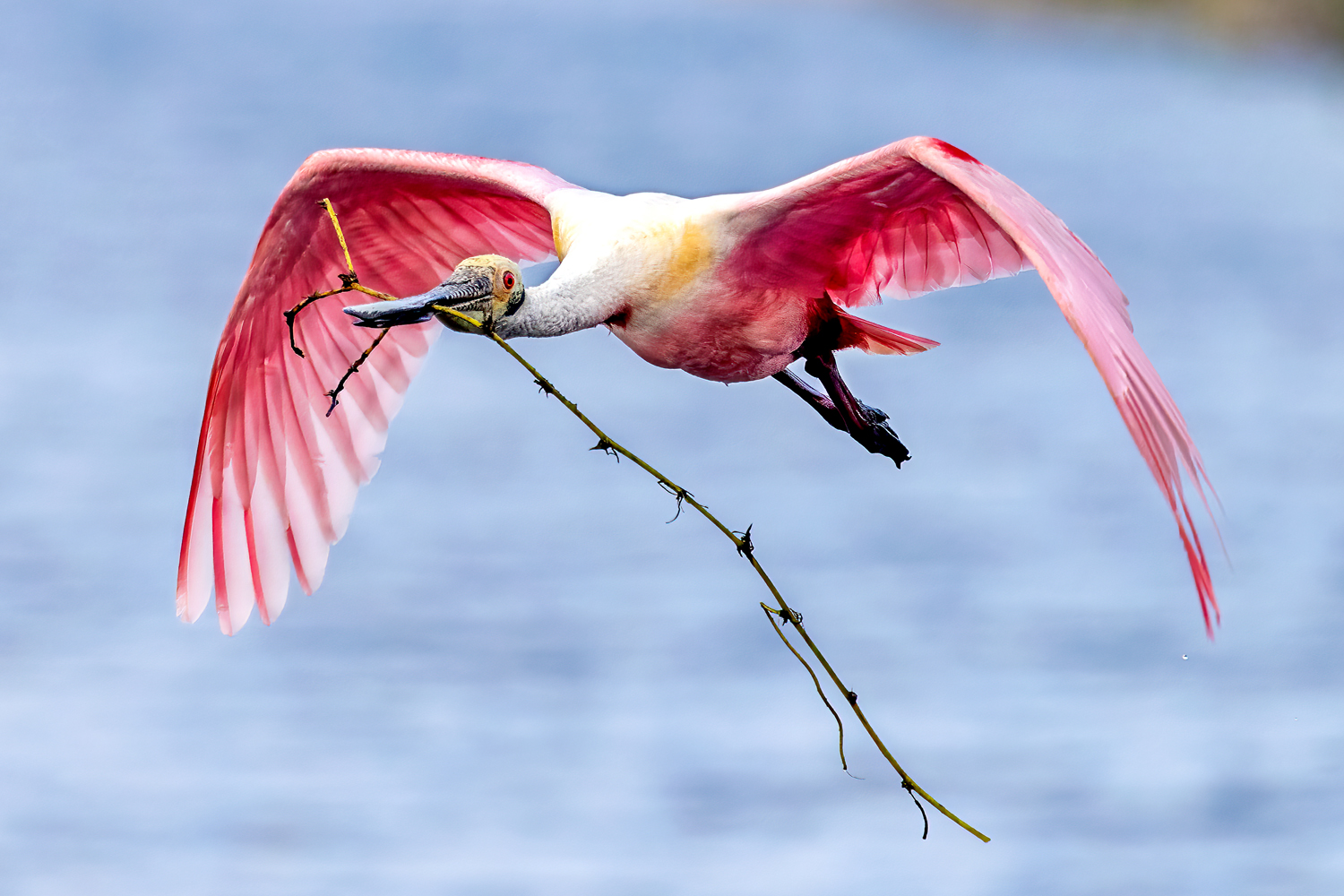
The following morning finds us on another boat on another lake. Our main subject this morning is the magnificent roseate spoonbill. Their pink plumage is even more vibrant during the nesting season, and we find ourselves square in the middle of nesting. We keep a safe distance from the small island housing the rookery so not to disturb any of the birds. We stay well outside the marked boundary. But we are close enough to capture wonderful images of spoonbills and great egrets both at their nests and even better, in flight! Even with eggs in the nests, the adult birds will still fly out and return with nesting material from the shore. We have repeated opportunities to capture these beauties in flight. Once our cameras are full of amazing pink birds we travel south again to our next destination of the tour.
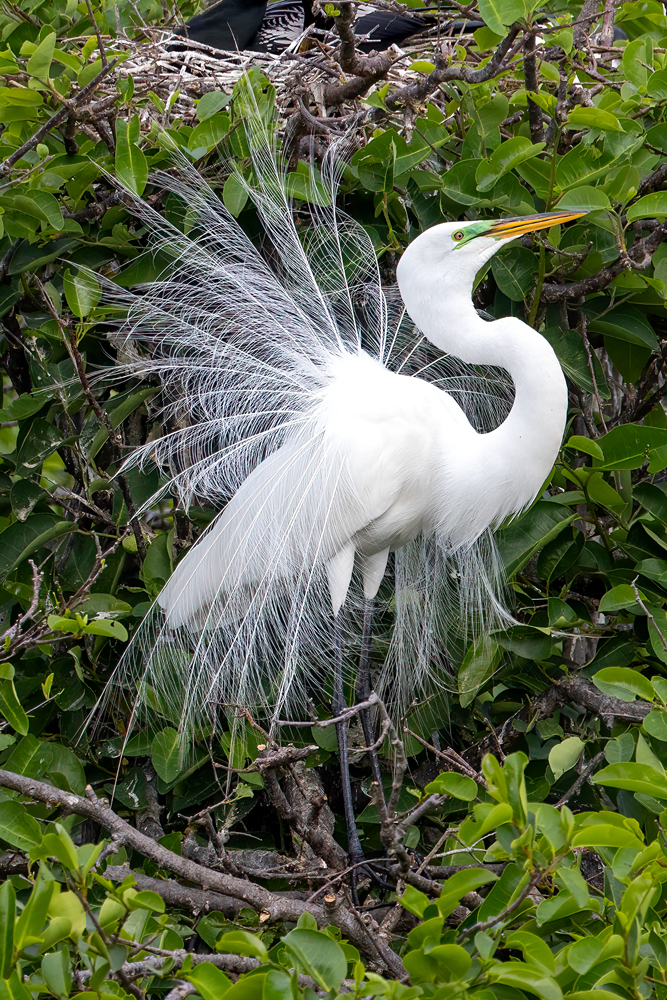
Our final two days are spent at one of the most active and easily accessible bird rookeries I know of. Wood storks, which were once on the edge of extinction, have made a remarkable recovery in recent years and are nesting in large numbers at this rookery. Most are on eggs currently. But they are still constantly flying out to find large sticks to shore up their nests. This is one of the easiest places I know to photograph wood storks in flight. A few of the other species that are actively nesting here include great blue herons, tricolored herons, least bitterns, great egrets (with their magnificent breeding plumage), snowy egrets, cattle egrets, double-crested cormorants, anhingas, purple gallinules, common gallinules, grey-headed swamphens, red-winged blackbirds, and black-necked stilts. Here it is possible to photograph the unique fishing style of the anhinga, who swims underwater and spears its fish. It then brings it to the surface where it tosses it into the air, usually several times to get it lined up to easily swallow headfirst. A few large alligators patrol the wetland and have been seen capturing large fish, turtles and sometimes birds. Another unique animal to photograph here is the green iguana. While not native here, green iguanas are thriving in south Florida. They are almost prehistoric looking, and the large males become a brilliant orange color. They make fascinating photo subjects.
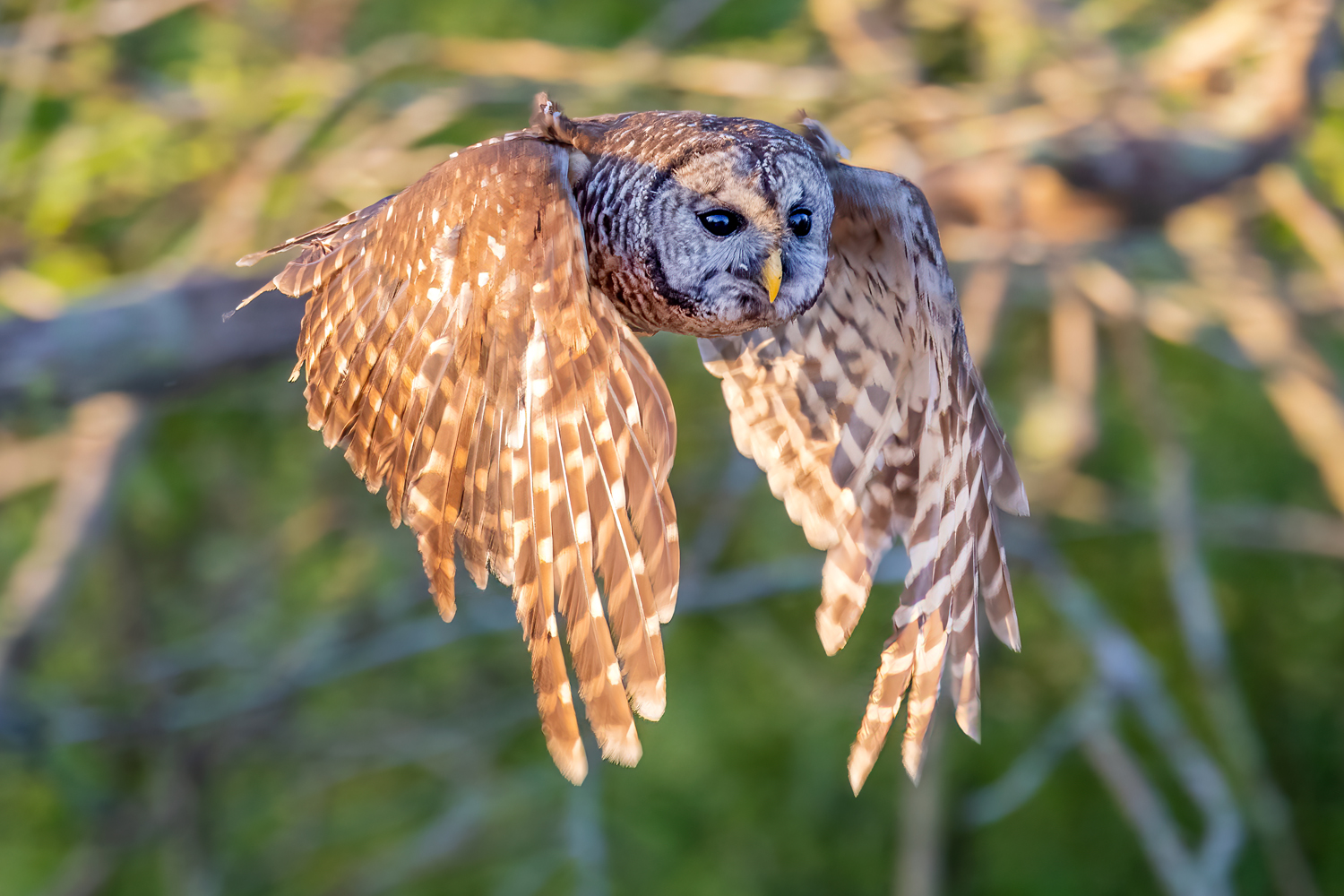
After two days spent at this very active rookery, we travel back to where we started with memory cards full, and batteries drained. In just a handful of days, we’ve captured exquisite shots of many of the iconic Florida birds and more great shots of many lesser-known species.
So, what better place to be in February than southeast Florida photographing birds?
